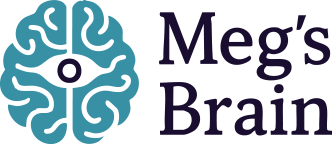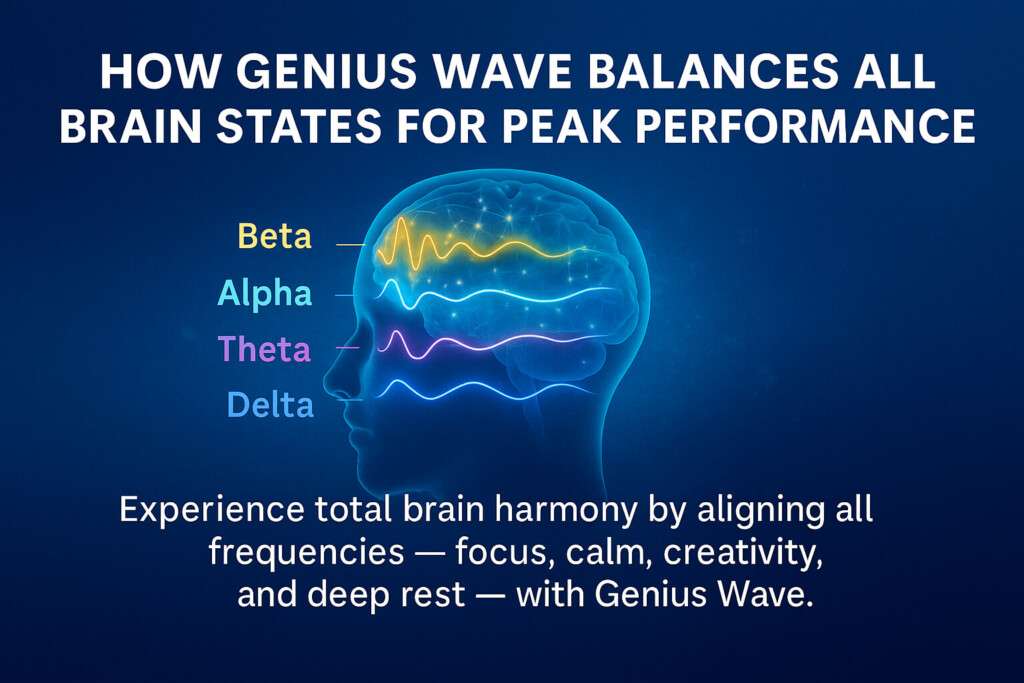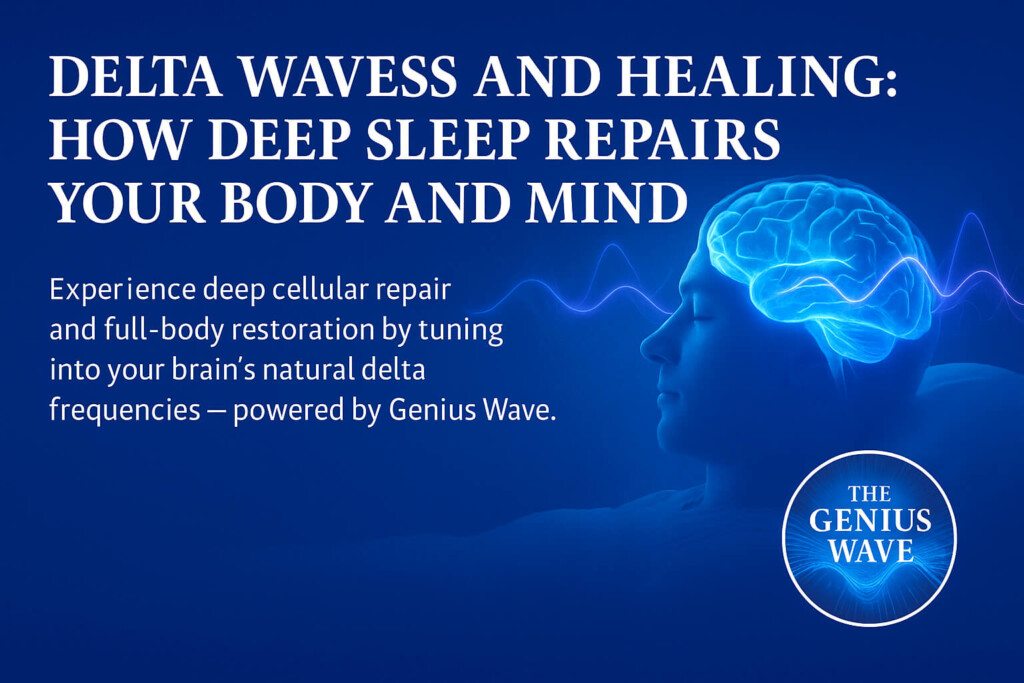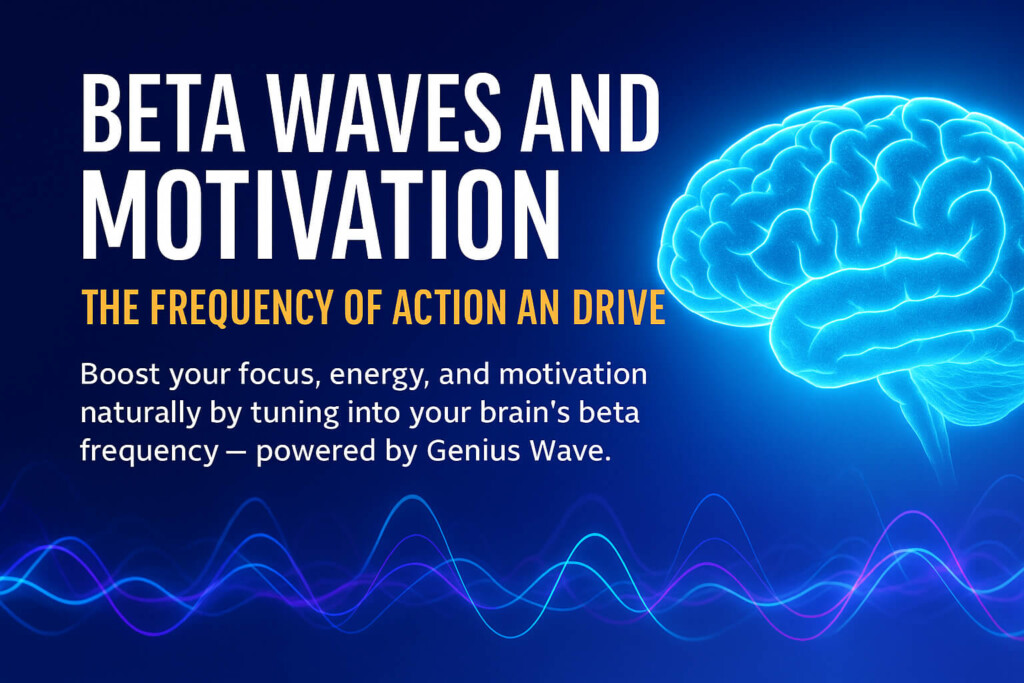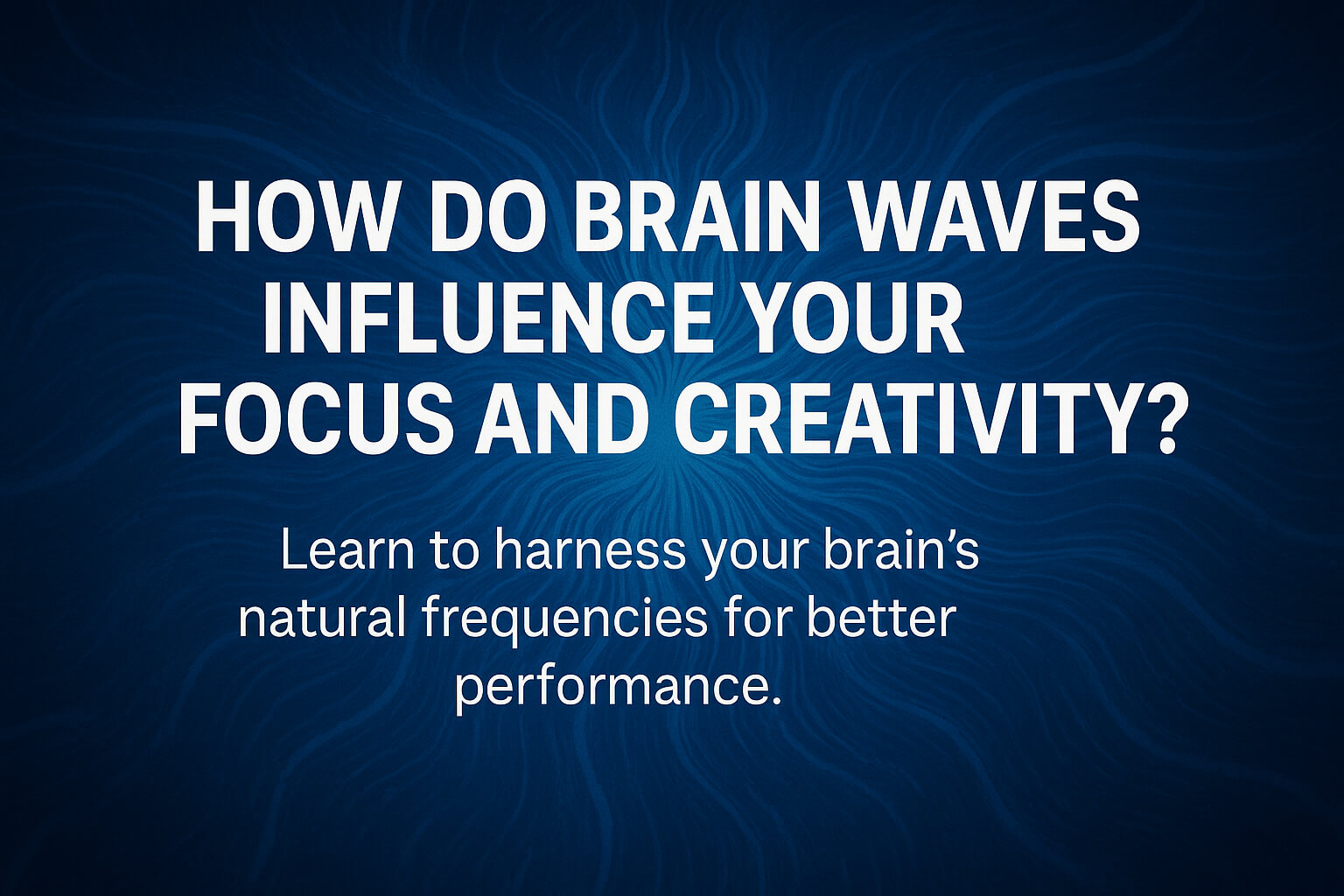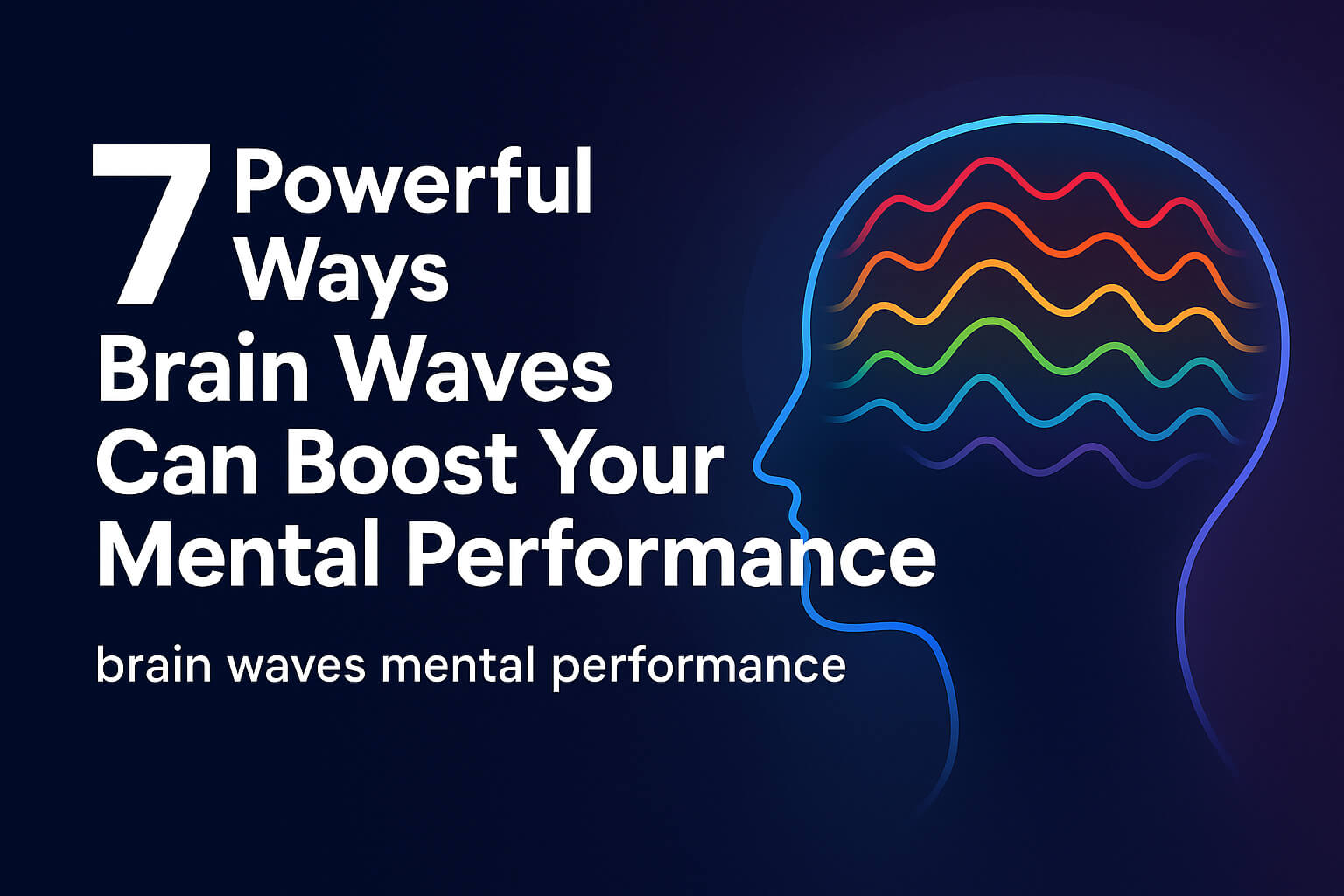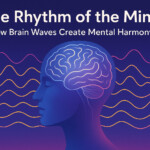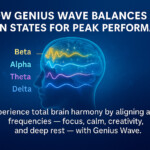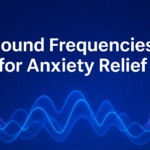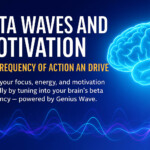Now Reading: Can a 7-Minute Brain Wave Audio Boost Your Intelligence?
- 01
Can a 7-Minute Brain Wave Audio Boost Your Intelligence?
Can a 7-Minute Brain Wave Audio Boost Your Intelligence?
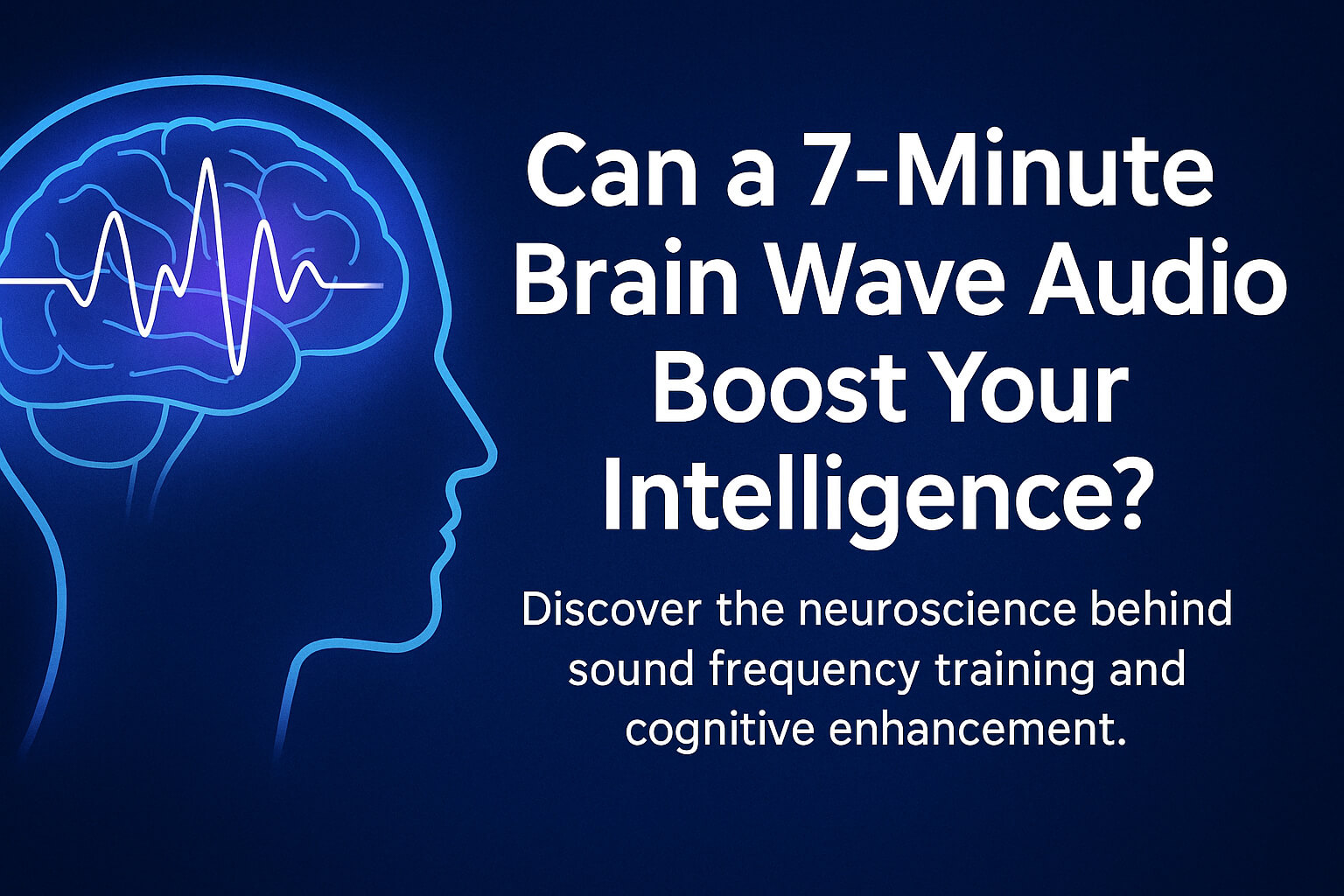
🧠 Introduction
Imagine improving your memory, focus, and mental clarity — all in just seven minutes a day.
That’s the bold promise of brain wave audios, short sound-based sessions that claim to boost intelligence by reprogramming how your brain processes information.
But can sound frequencies really make you smarter? Or is this another self-improvement myth?
Let’s explore the neuroscience behind 7-minute brain wave audios and what makes them a fascinating tool for cognitive enhancement.
🔬 The Science of Brain Wave Entrainment
Your brain is an electrical system, constantly oscillating at different frequencies.
Each frequency band — from delta to gamma — corresponds to specific mental states: sleep, relaxation, focus, and problem-solving.
Brain wave audios use sound frequencies (binaural beats or isochronic tones) to “entrain” your brain — that is, guide it to match a target frequency.
When you listen to a tone pulsing at 10 Hz (alpha range), your brain naturally synchronizes to that rhythm, producing feelings of calm and focused alertness.
When exposed to 40 Hz (gamma range), the brain enters a state associated with insight, creativity, and higher intelligence.
It’s not magic — it’s physics and neuroplasticity working together.
⚡ Why Just 7 Minutes?
Neuroscientific studies show that short bursts of focused frequency training can activate powerful neurological responses without overwhelming the brain.
A 2022 study in Frontiers in Psychology found that 7–10 minutes of auditory entrainment in the alpha–gamma range significantly increased cognitive flexibility and memory recall.
This brief duration works because:
It prevents mental fatigue.
It aligns with the brain’s natural attention span for new stimuli.
It triggers rapid neural synchronization — a “reset” effect that clears mental fog.
💡 How Brain Wave Audios May Boost Intelligence
True intelligence isn’t just IQ — it’s the ability to process, connect, and apply information efficiently.
Brain wave training helps by enhancing the neural communication speed between hemispheres of the brain.
Regular use can lead to:
⚙️ Faster information processing
🧭 Improved decision-making
🎯 Sharper concentration
💭 Increased creative problem-solving
🔋 Greater mental energy and motivation
Sound frequencies essentially “fine-tune” your brain’s rhythm, much like tuning a musical instrument to optimal performance.
Intelligence is the harmony of energy and focus — and your brain is the instrument.
🌿 What Happens During a 7-Minute Session
Here’s what typically occurs in a short daily session:
First 2 minutes: Your mind relaxes as alpha waves rise.
Minutes 3–5: Theta and low gamma frequencies begin to synchronize neural pathways.
Final 2 minutes: The brain stabilizes in a coherent rhythm, improving focus and clarity.
Many listeners describe this as a mental “refresh” — a feeling of calm alertness combined with heightened clarity.
🧩 Is It Backed by Science?
While not a substitute for lifelong learning or study, several peer-reviewed studies confirm that auditory frequency entrainment can influence cognitive performance.
University of California, Berkeley (2021): Gamma entrainment improved working memory.
MIT (2020): Audio-driven neural synchronization enhanced problem-solving accuracy.
Harvard (2023): 7-minute rhythmic sessions showed measurable improvement in brain coherence and oxygenation.
So while it’s not a miracle cure, 7-minute brain wave training can genuinely enhance cognitive efficiency — especially when practiced consistently.
✨ Final Thoughts
Intelligence isn’t fixed — it’s flexible, adaptive, and trainable.
By stimulating your brain’s natural rhythms, even brief sound sessions can help you access deeper states of focus, creativity, and clarity.
Seven minutes might not make you a genius overnight — but it can help you think faster, feel calmer, and perform better every single day.
